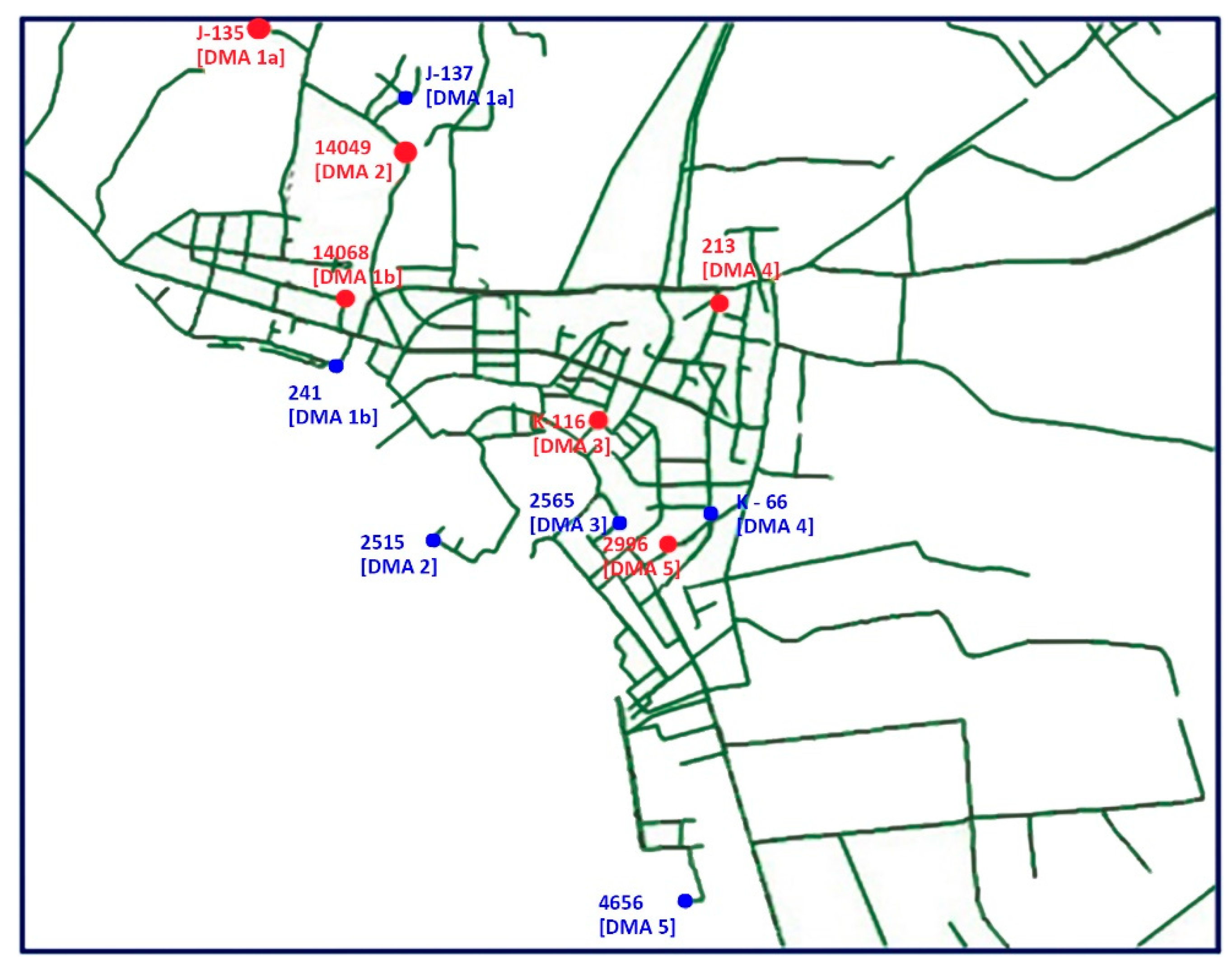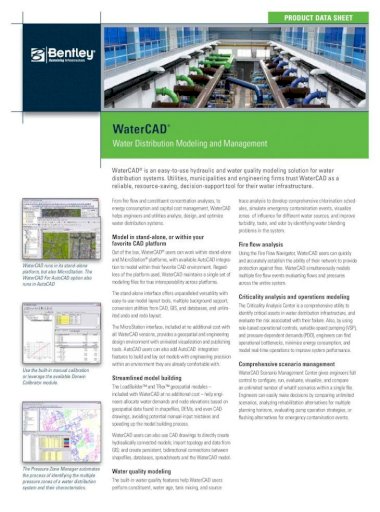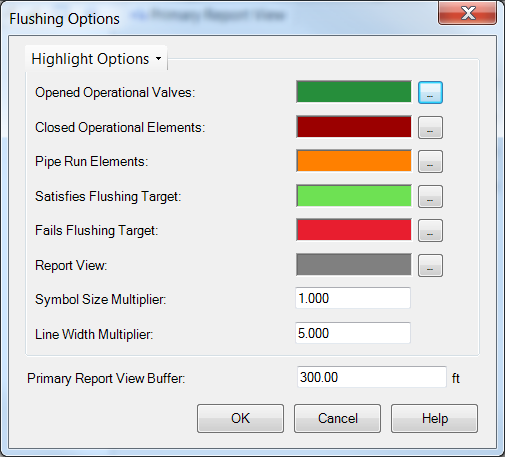

Bentley WaterGEMS V8i (SELECTseries 5) 08.11.05.61 The geographic location of the meter in the GIS is not necessarily the point from which water is taken from the system, but it may be the centroid of the land parcel, the centroid of building footprint or a point along the frontage of the building.

In addition, you may not know the actual location of the service meter. Piping routes are not considered, so the nearest demand isn’t necessarily the location from which the meter actually receives its flow. Meter assignment can prove less accurate than the more complex allocation strategies because the nearest node is determined by straight-line proximity between the demand node and the consumption meter. Meter assignment is the simplest technique in terms of required data because you don’t need to apply service polygons figure 1.Īn example of meter assignment.

From the pipe, the demand then is distributed to the nodes at the ends of the pipe by using a distribution strategy. When using the nearest pipe meter assignment strategy, the demands at a meter are assigned to the nearest pipe. Assigning metered demands to pipes also is a point-to-point assignment technique, because you still must assign demands to node elements, but an additional step is involved. Productivity Corner: Using Bentley WaterGEMS with GIS Data for Water Demand AllocationĪssigning metered demands to nodes is a point-to-point demand allocation technique, meaning that known point demands customer meters are assigned to network demand points demand nodes. Allocation Allocation uses the spatial analysis capabilities of GIS to assign geocoded possessing coordinate data based on physical location, such bentkey an x,y coordinate customer meters to the nearest demand node or pipe. The following are descriptions of the types of allocation strategies that you can apply using LoadBuilder. Every step of the loading process is enhanced from the initial gathering and analysis of data from disparate sources and formats to the employment of various allocation strategies. LoadBuilder facilitates the tasks of demand allocation and projection. The spatial analysis capabilities of Ventley make these applications a logical tool for the automation of the demand allocation process. Spatial allocation of demands is the most common approach to loading a water distribution model. Due to the difficulties associated watergemz manually loading the model, you can use automated techniques developed to assist with this task.

You must collect the necessary data and translate it to model loading data regularly to account for changes to the network conditions.
#Watercad v8i demand on node full#
To realize the full potential of the model as a master planning and decision support tool, you must accurately allocate demands while anticipating future demands. WaterGEMS® is a hydraulic and water quality modeling solution for water distribution systems potential manual-input mistakes. distribution network model created in Bentley WaterGEMS and performing a hydraulic transient entered manually to complete the layout. DAA/ Bentley WaterGEMS V8i User’s Guide Technical Information Resources Glossary Bentley WaterGEMS V8i User’s Guide 1-i WaterGEMS.


 0 kommentar(er)
0 kommentar(er)
